














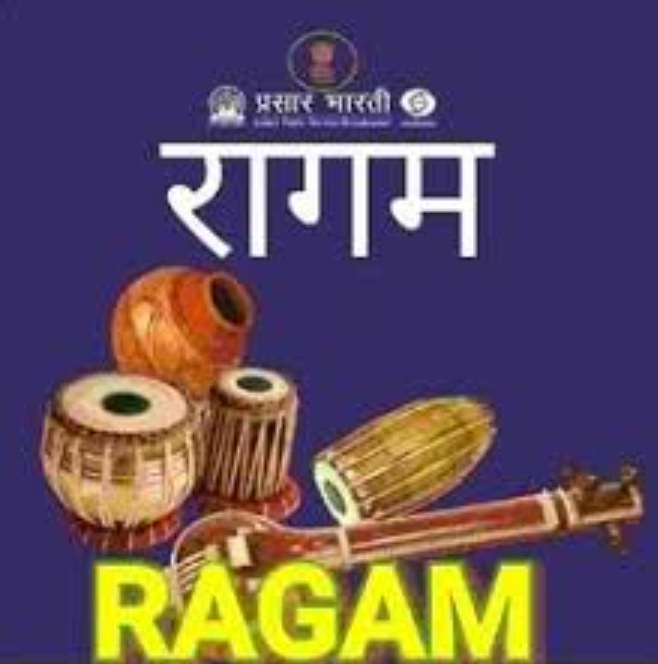




















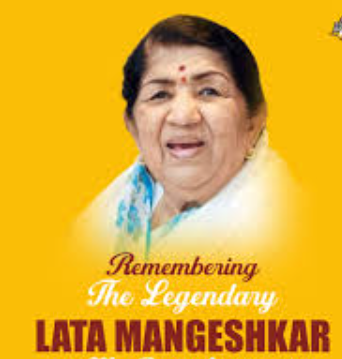



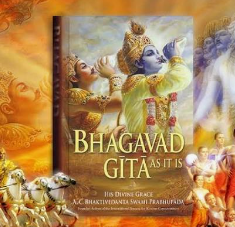
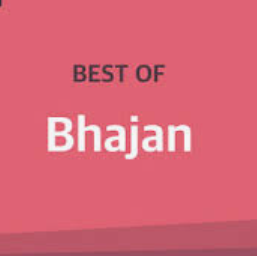

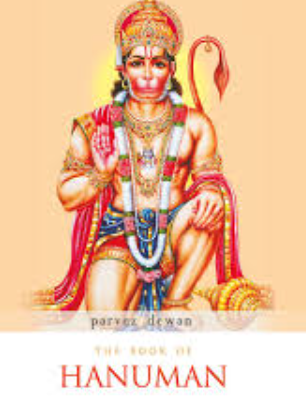


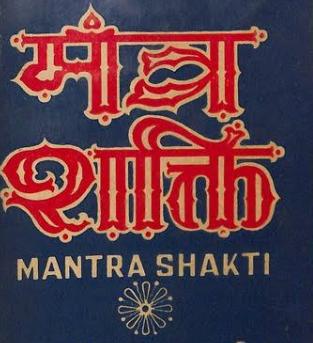
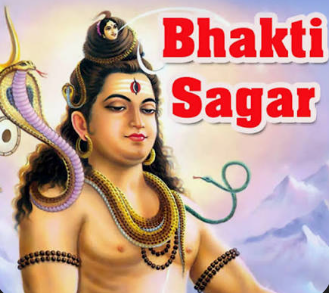



Bula Masti: Weaving the Sonic Tapestry of India's Heartland In the hyper-competitive, often chaotic landscape of Indian FM radio, dominated by Bollywood chartbusters, frenetic RJ banter, and metropolitan sensibilities, a unique program has carved out a profound and resonant space. "Bula Masti," which translates evocatively to "The Calling Earth" or "The Earth Invites," is not merely a radio show; it is an auditory pilgrimage to the soul of rural India. It stands as a powerful antithesis to the urban-centric media narrative, offering a meta-commentary on the enduring power of roots, community, and authentic storytelling. Its success lies not in chasing trends but in honoring a timeless connection to the land and its people. ... At its core, "Bula Masti" is a masterclass in niche content executed with mainstream appeal. The premise is deceptively simple: it focuses on the lives, struggles, triumphs, and cultural richness of India's villages and small towns. However, the execution is where its genius unfolds. The show leverages the most intimate medium—radio—to create a tapestry of sound that is both immersive and evocative. Instead of studio-bound conversations, "Bula Mati" is often recorded on location. The listener is transported directly to the fields, the village squares, and the riverbanks. The audio palette is rich with ambient sounds: the rustle of crops, the distant bells of a temple, the chatter of a local market, and the folk songs sung by farmers during the harvest. This sonic authenticity is its first and most crucial layer, bypassing the need for artificial soundscapes and creating an immediate, visceral connection. The second pillar of "Bula Masti's" success is its role as an oral history project. In an era of digital amnesia, the show acts as a living archive. It documents stories that would otherwise remain confined to local lore—the wisdom of a 90-year-old midwife, the innovative farming techniques of a young agriculturist, the tale of a community overcoming a natural disaster, or the preservation of a dying folk art form. The hosts or reporters on the show are not traditional, flashy RJs but empathetic listeners and facilitators. Their voices are often calm, respectful, and inquisitive, allowing the real protagonists—the villagers—to take center stage. This human-centric approach flips the script of conventional media, where subjects are often framed through an outsider's lens. Here, the narrative authority rests with the people living the experience. From a meta-perspective, "Bula Masti" is a profound commentary on the urban-rural divide in Indian media. Mainstream entertainment and news largely cater to and reflect urban realities, often exoticizing or patronizing rural life. "Bula Mati" dismantles this hierarchy. It presents the village not as a backward space needing "development" but as a repository of sophisticated knowledge, resilience, and cultural wealth. It tackles serious issues—farmer indebtedness, water scarcity, migration—but does so by highlighting local solutions and community strength, moving beyond mere problematization. For its urban audience, it serves as a window to a world they are disconnected from, fostering empathy and understanding. For its rural listeners, it is a powerful validation, a mirror that reflects their lives with dignity and respect, telling them that their stories matter. Furthermore, the show is a vibrant platform for regional culture. While Hindi serves as the lingua franca, "Bula Masti" seamlessly integrates local dialects, proverbs, folk music, and poetry. This linguistic diversity is not treated as a novelty but as an integral part of the narrative. By doing so, it celebrates the incredible linguistic and cultural heterogeneity of the Hindi heartland itself, which is often homogenized in popular discourse. It becomes a vehicle for cultural preservation, introducing a new generation to the artistic heritage of their ancestors. In conclusion, "Bula Masti" is meta-content because its true subject is connection itself—the connection to the earth, to community, and to one's own identity. Its 500-word description can only scratch the surface of its impact. It succeeds because it fulfills a deep, often unarticulated yearning for authenticity in a mediated world. It proves that compelling content doesn't always need to be fast, loud, or glamorous. Sometimes, the most powerful signal is the one that comes from the quiet wisdom of the soil, a wisdom that "Bula Mati" so beautifully amplifies, reminding a nation on the move to never forget the ground beneath its feet. It is not just a radio program; it is the voice of the land, patiently calling us home.

|

|

|

|

|

|

|

|

|

|

|

|

|

|

|

|

|

|

|

|

|

|

|

|

|

|

|

|

|

|

|

|

|

|

|

|

|

|

|

|

|

|

|

|

|

|

|

|

|

|

|